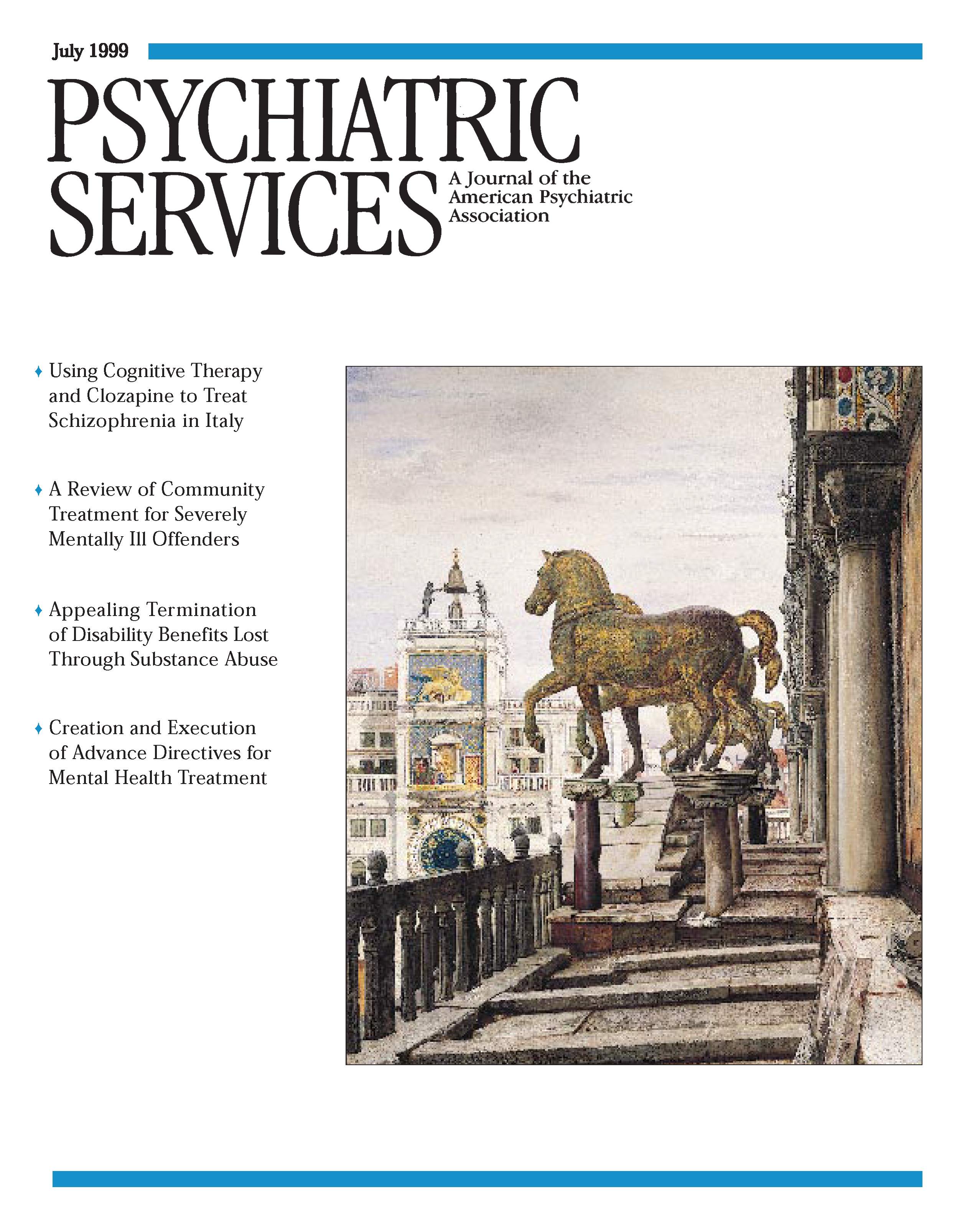Community Treatment of Severely Mentally Ill Offenders Under the Jurisdiction of the Criminal Justice System: A Review
Abstract
OBJECTIVE: Very large numbers of severely mentally ill persons now fall under the jurisdiction of the criminal justice system. A number of conditions are placed on those who are returned to the community, including specific ones related to treatment. This paper reviews the principles and practice of forensic outpatient mental health treatment. METHODS: MEDLINE, Psychological Abstractsand the Index to Legal Periodicals and Books were searched from 1978, and all pertinent references were obtained. Results and conclusions: Community treatment of severely mentally ill offenders who fall under the jurisdiction of the criminal justice system has important differences from treatment of nonoffenders, which focuses on alleviation of symptoms. Patients must comply with legal restrictions on their behavior, and treatment first addresses a patient's risk of harm to the community. Mentally ill offenders are often resistant to treatment. The mental health system may be disinclined to treat them due to their resistance and their criminal history, especially a history of violence. It is critical to identify a treatment philosophy that strikes a balance between individual rights and public safety and includes clear treatment goals, a close liaison between treatment staff and the criminal justice system, adequate structure and supervision, treatment staff who are comfortable with using authority, interventions for managing violence, incorporation of the principles of case management, appropriate and supportive living arrangements, and a recognition of the role of family members and significant others in treatment.



